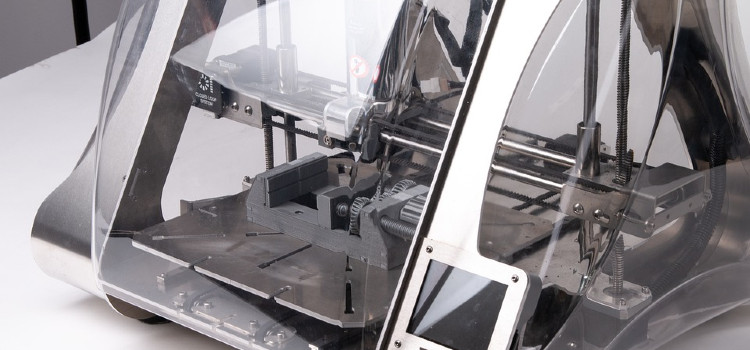Technology has been a boon for the manufacture industry. A new technology called 3D printing is a form of manufacturing where 3-dimensional objects are created using additive processes. The process includes printing thin layers of material until a three dimensional object has been created. Compared to the traditional manufacturing techniques, it is quicker and also cheaper.
Contents
It would be an introduction on how the benefits of on-demand manufacturing could be with 3D printing which will include parts that can make things like shoes and jewellery quickly and costs less than other methods like molding or casting that take more resources and time to create what you want.
This article will touch on the following benefits of On-Demand Manufacturing with 3D Printing:
It’s Quick
3D printing has a substantially higher speed than traditional manufacturing and the implications of this are far-reaching. As of 2016, 3D printing is still in its infancy stage with regards to what it can do and how it can be used. Many 3D printers are still able to print objects in “X” amount of hours. However, 3D printing speed is accelerating, and will continue to do so at a steady pace. A comparison between the time it takes to print an object on a 3d printer versus the traditional manufacturing methods of injection molding, cut molding, pattern cutting and painting shows that 3D printing is already beating those methods by far.
It’s Cheaper
The cost of manufacturing with 3d filament is commonly the reason why most businesses and individuals do not get their ideas into production. However, technology has paved ways to make things more affordable and accessible. Traditionally, if one would want an object made, they would have to put up the money for it to be manufactured. With 3D printing though, it is now possible to manufacture an item from virtually nothing. With advanced computer software and some sort of 3D printing device, you can easily create an object without having to pay for it.
It is Eco-Friendly
3D printing is the future and it’s only a matter of time before manufacturing processes like injection molding, cut molding, pattern cutting and painting will be phased out.
3D printers use significantly less power than their counterparts in the traditional manufacturing industry. The cost of producing or ordering a product for 3d printers is considerably lower than that of traditional methods.
Traditional manufacturing methods are not eco-friendly, and that is where 3D printing steps in. 3D printers create objects from a “soup of plastic” (examples of which being ABS, PLA or PC), rather than slowly melting down metal to make an object. This saves a huge amounts of natural resources.
It’s safer
Traditional manufacturing processes can be very dangerous. The temperature at which metals melt is often times higher than what the human body can withstand, leading to burns and potential death. The process can also be very messy, as it involves liquids and harsh chemicals.
It’s Improved
Just like how technology paved the way for us to make an object from virtually nothing, it is also making the traditional manufacturing industry better. Although injection molding, cut molding, pattern cutting and painting are more complicated and therefore better in their present form than when they were introduced, technological advancements still render them less efficient than 3D printing. 3d printers use significantly less power than their counterparts in the traditional manufacturing industry (1). The cost of producing or ordering a product for 3d printers is considerably lower than that of traditional methods.
It’s Fun
There are always some people who use the excuse that “the 3D printer is for making weapons”, but this only pertains to traditional manufacturing methods like injection molding, cut molding, pattern cutting and painting. If you don’t want your child to make a weapon, the only way to ensure this is by purchasing one for them.
In conclusion, 3D printing is the future and it will only become better. The cost of producing or ordering a product for 3d printers is considerably lower than that of traditional methods. This will lead to a rise in 3D printing within the manufacturing industry as a whole, and this will extend to other industries such as pharmaceuticals and medical devices. This development not only benefits people within these industries, but also those outside of it who are looking for access to cheaper goods.

